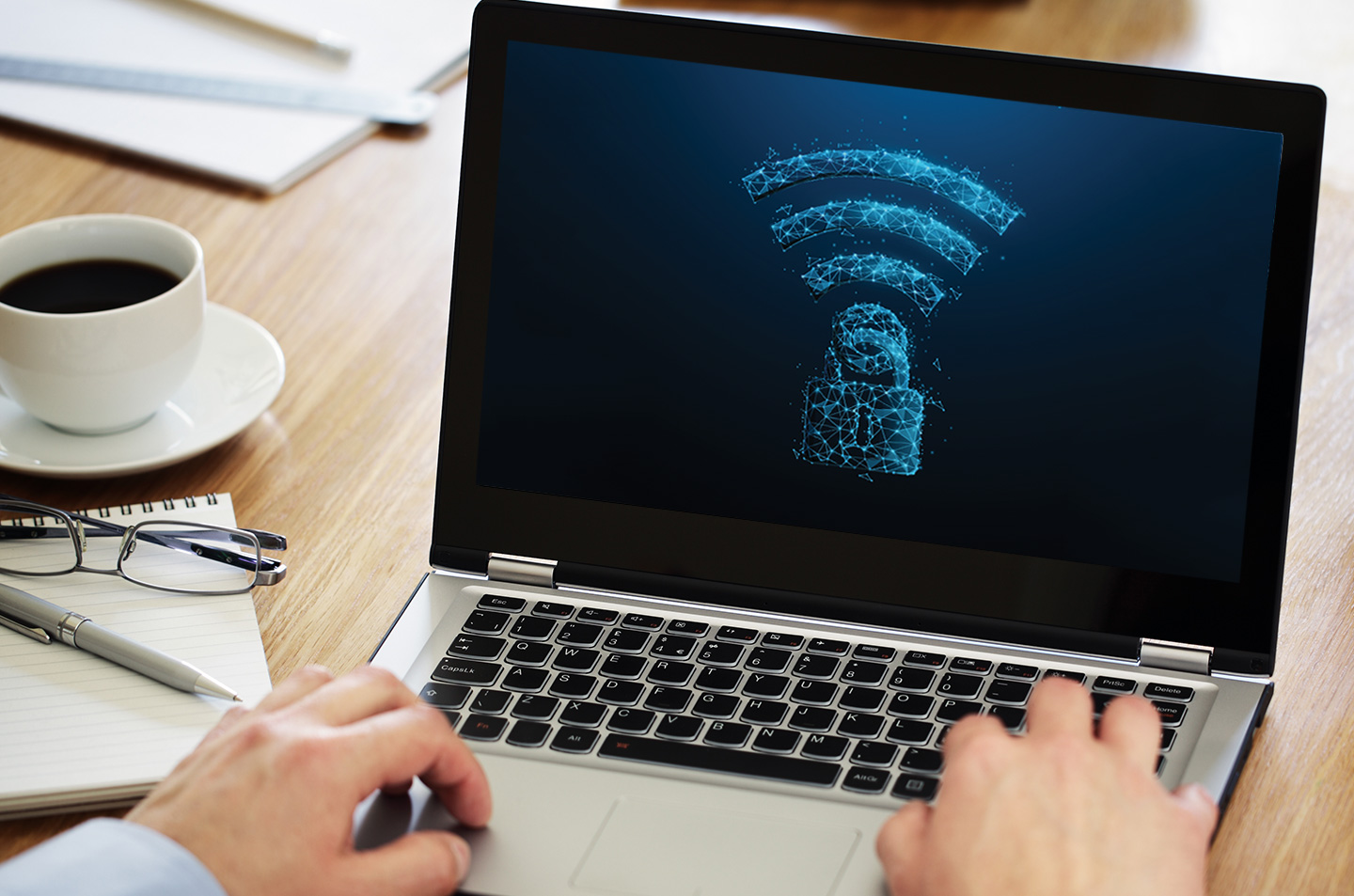
With WPA2, an attacker can capture some data from your Wi-Fi stream, take it home, and run it through a dictionary-based attack to try and guess your password. WPA3 enhances Wi-Fi in the following ways: Now, over a decade later, WPA3 is finally on its way with a bunch of new improvements. WPA2 has been around since 2004, and while it greatly improved upon its predecessors, WEP and WPA, it's not perfect (no computer security is). There's a good chance your home network uses WPA2, the current version of this protocol.

When you connect to a Wi-Fi network and type in a password, WPA governs the "handshake" that takes place between your device and the router, and the encryption that protects your data. WPA stands for Wi-Fi Protected Access, and it's a series of security protocols designed to safeguard your Wi-Fi traffic. Even though you won't be able to start using it right away, it's a big step for wireless security, and good news for laptop and smartphone users everywhere. The Wi-Fi Alliance gave us a peek at WPA3 earlier this year at CES, but this week it officially announced the finalized details. Here's everything you need to know about WPA3. The next generation of Wi-Fi security is almost here, and it's bringing a host of new features to keep your data safe-both at home and on public networks.



 0 kommentar(er)
0 kommentar(er)
